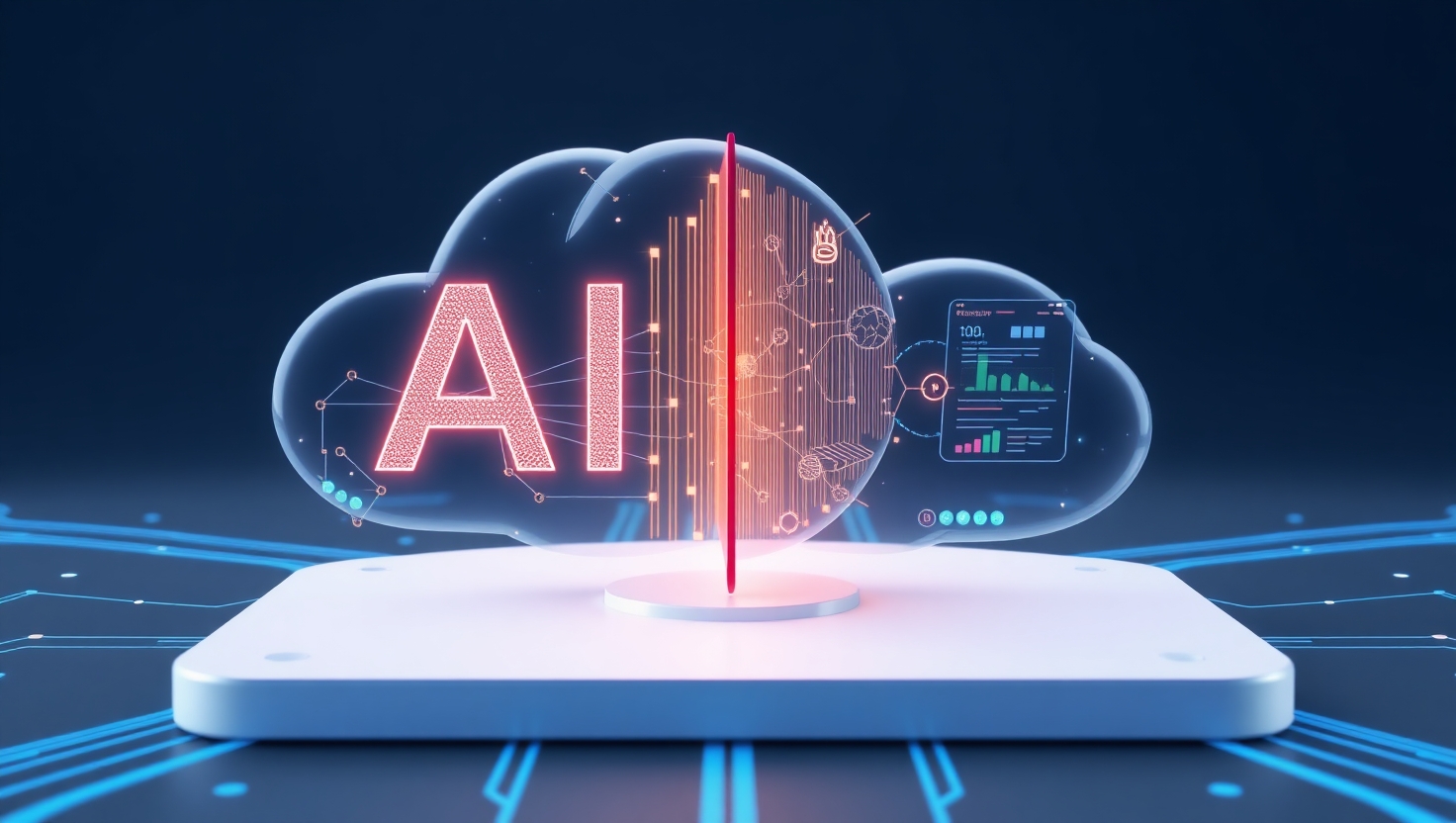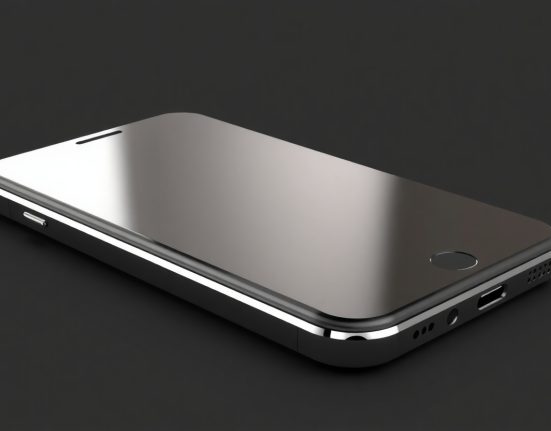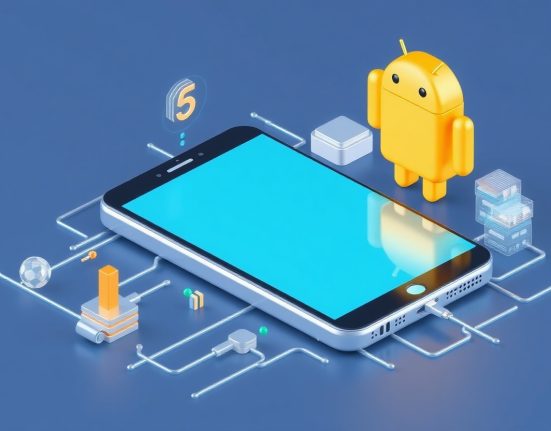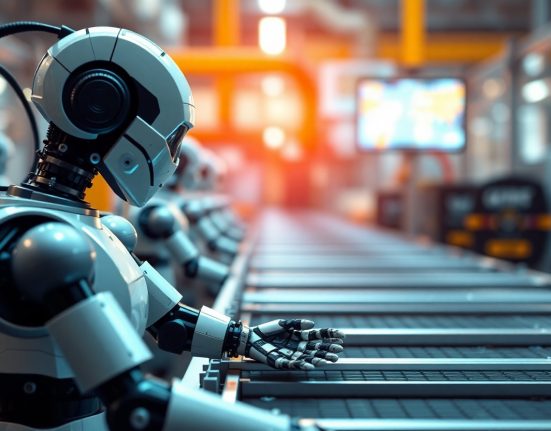In recent years, artificial intelligence has become a central player in almost every area of our lives. From smartphone cameras to voice assistants, from vehicle safety systems to health apps, so many things now rely on smart models that know how to analyze, predict, understand, and react. But what most people don’t realize is that this “thinking” doesn’t always happen in the same place. There are two main paths for AI to make predictions, known as inference, and the one you choose or experience can affect speed, privacy, cost, and your overall user experience.
With cloud processing, the data your device collects gets sent to distant servers that run the AI model and send the result back. The big advantage here is raw power. Massive models like GPT or complex image recognition systems can operate in the cloud without worrying about memory limits, battery drain, or space. Developers can use highly advanced models that just wouldn’t be possible to run on a phone. On top of that, the cloud makes it easier to update models regularly, improve their performance, and even share data between different devices or users.
On the other side, on-device processing means everything is handled directly on the device itself. That means your data doesn’t leave your phone, smartwatch, or car. The immediate benefit is better privacy. Since nothing is being sent anywhere, the risk of leaks or breaches goes down a lot. Another big plus is speed. When everything happens locally, there’s no delay from sending and receiving data. That’s really important in real-time situations like voice recognition or live translation.
Still, both approaches come with their challenges. Cloud processing needs a stable internet connection, and when the connection is weak or the servers are overloaded, things slow down. On-device AI, on the other hand, is limited by the hardware. The models have to be small and efficient so they can run smoothly without draining the battery or using too much power. That’s why we often see a hybrid approach where some parts are handled locally and others go to the cloud, depending on what makes the most sense in the moment.
What makes this field so exciting is how fast it’s evolving. Not too long ago, the idea of running any kind of AI model on a phone felt futuristic. Today it’s completely normal. And as hardware keeps improving, the line between cloud and local processing is starting to blur. Companies are racing to squeeze more intelligence into smaller devices, and software developers are getting better at designing models that know when to stay local and when to reach out to the cloud. In the near future, we probably won’t need to think about it at all. The system will just decide what works best behind the scenes.














